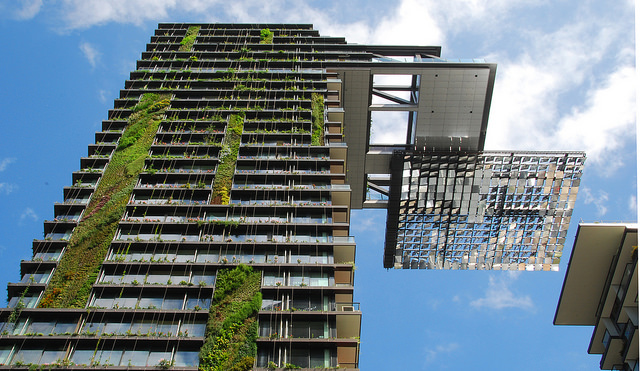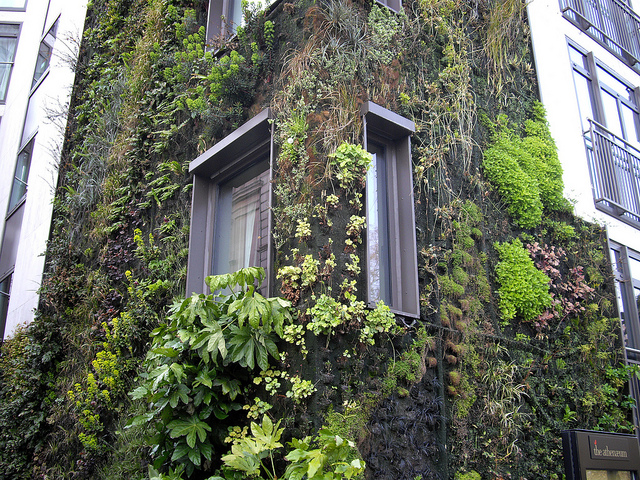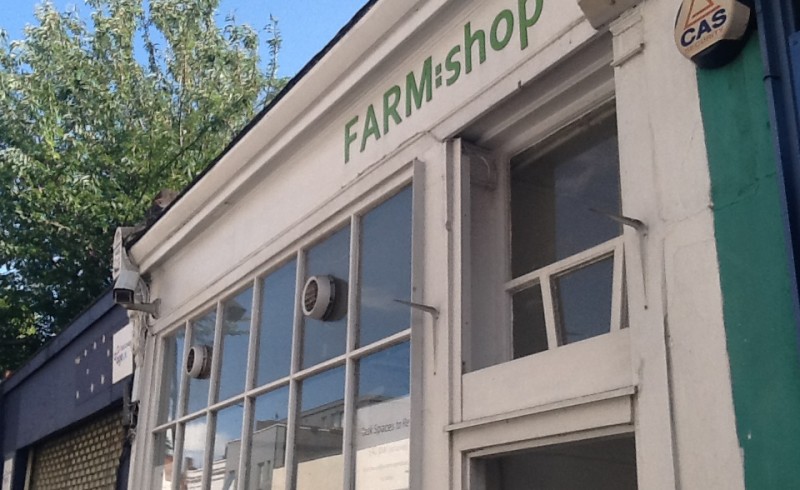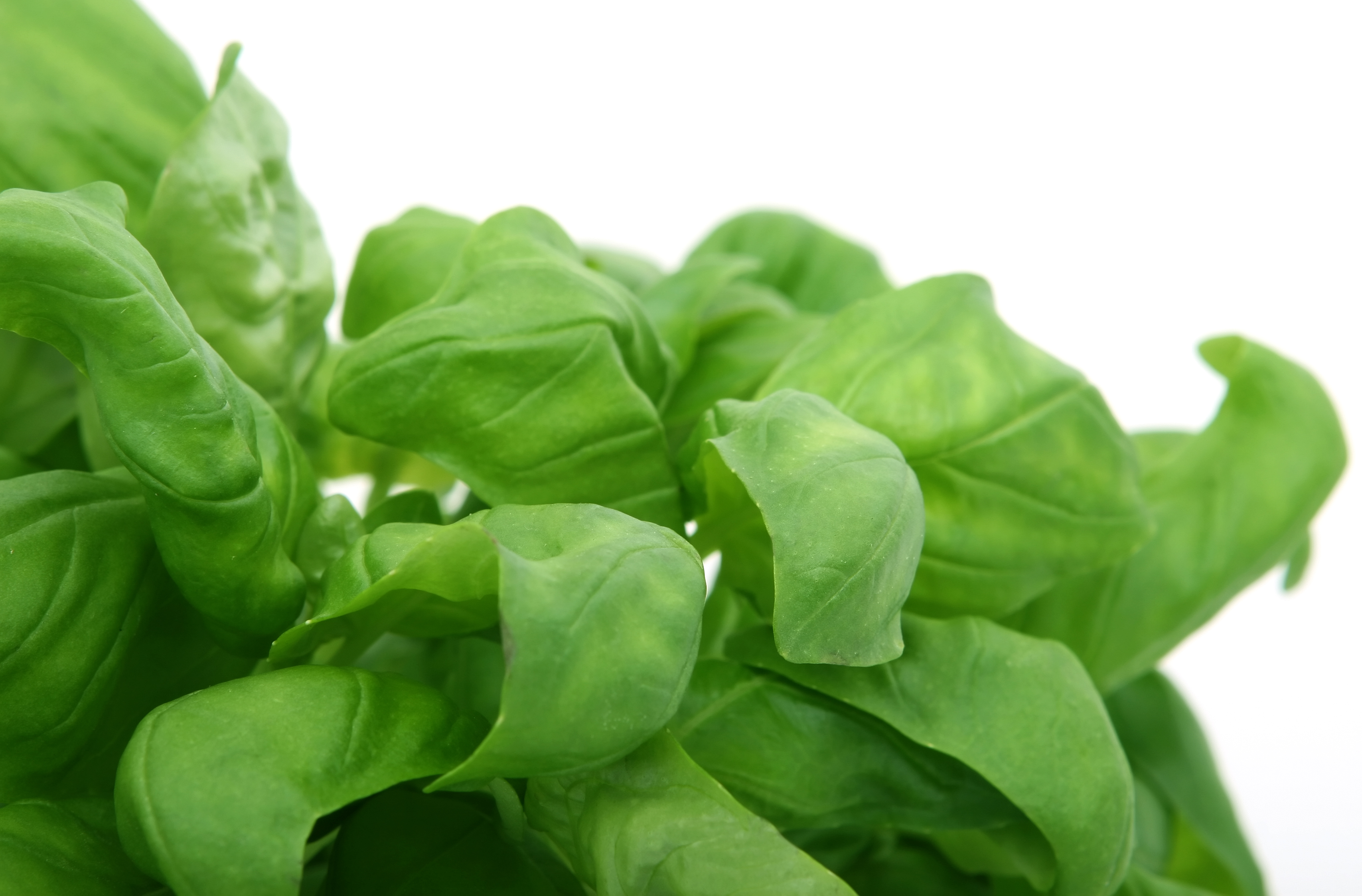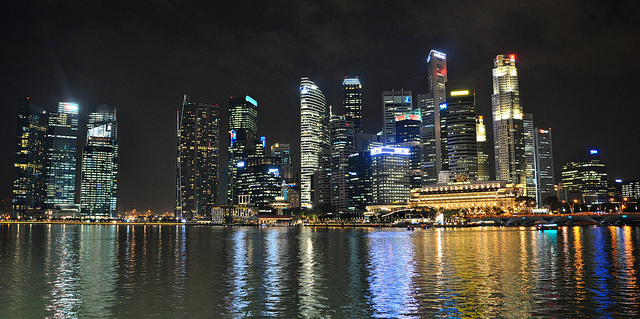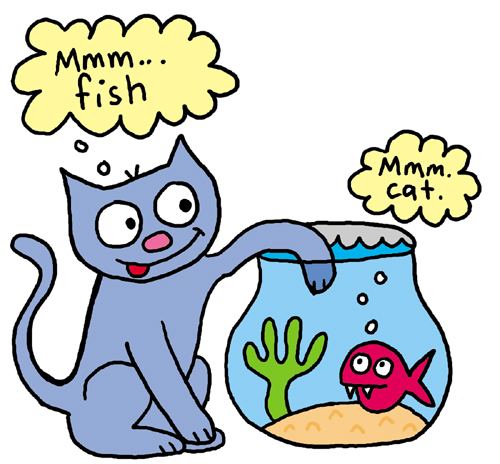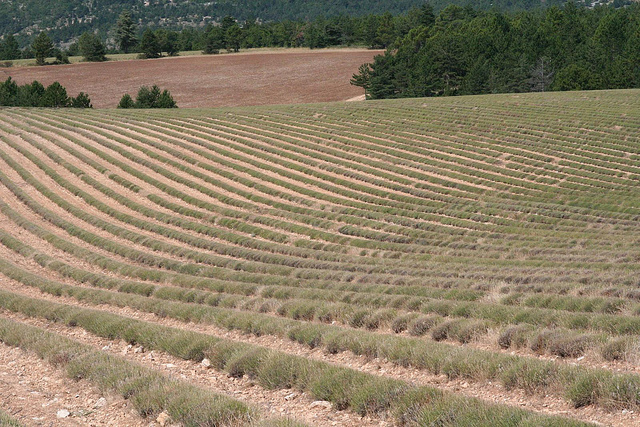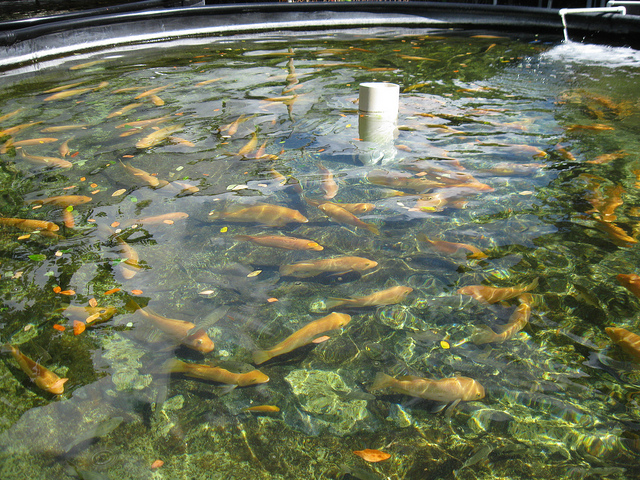As cities grow ever bigger, and more rural land gets taken over, it will become more important to grow food within the city. We like to think more people will have their own personal aquaponic farms on their roof, or that colony’s will have their own aquaponic systems to start growing their own food. But …

